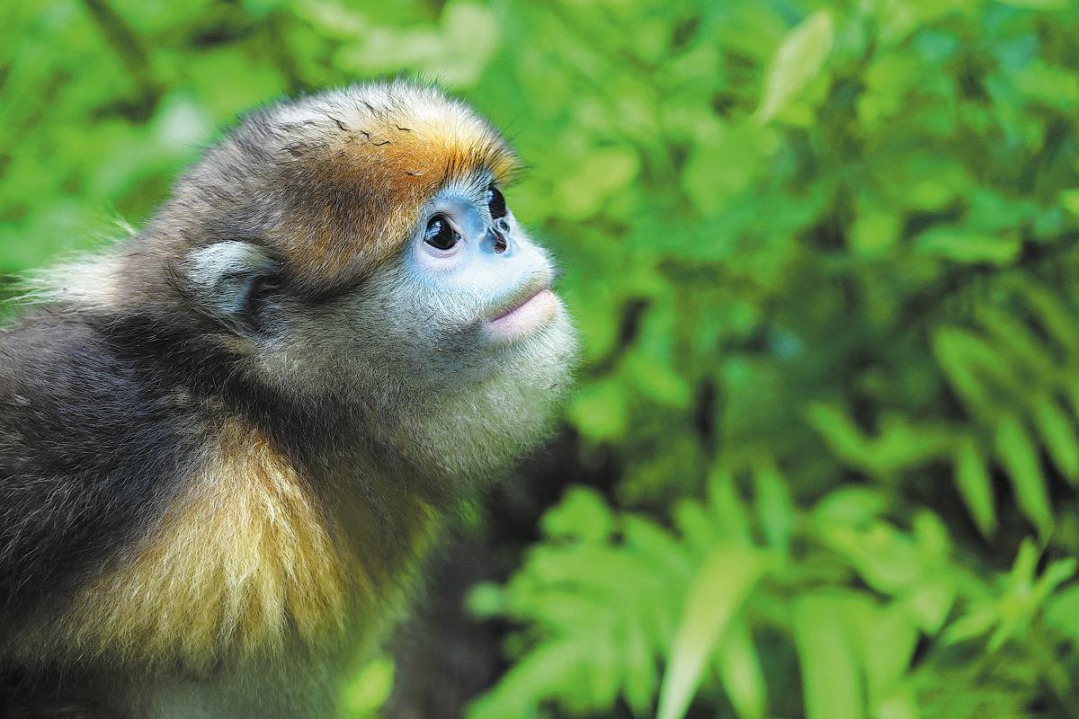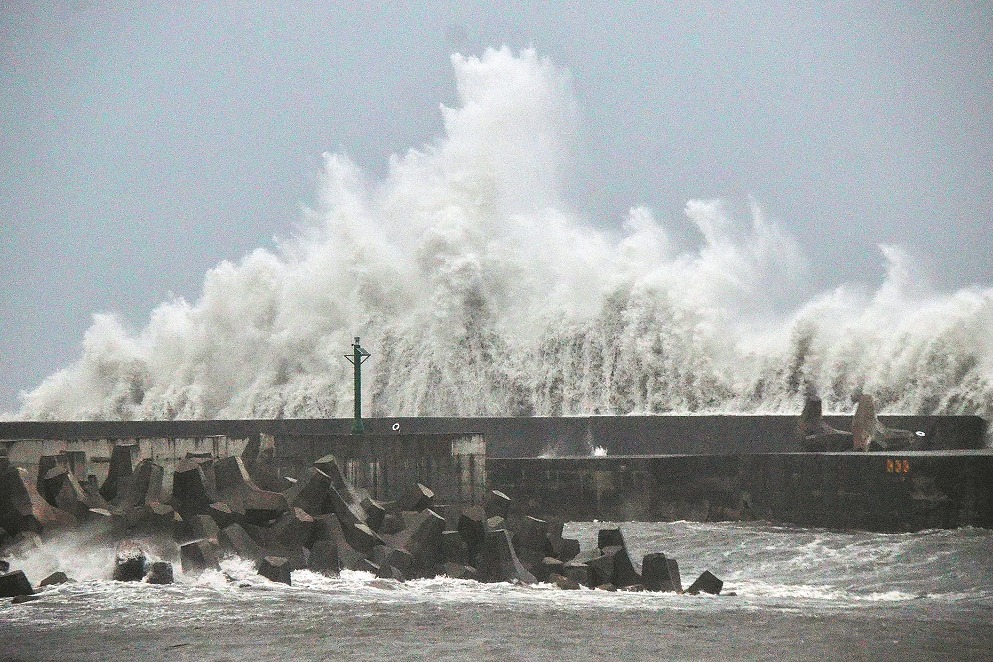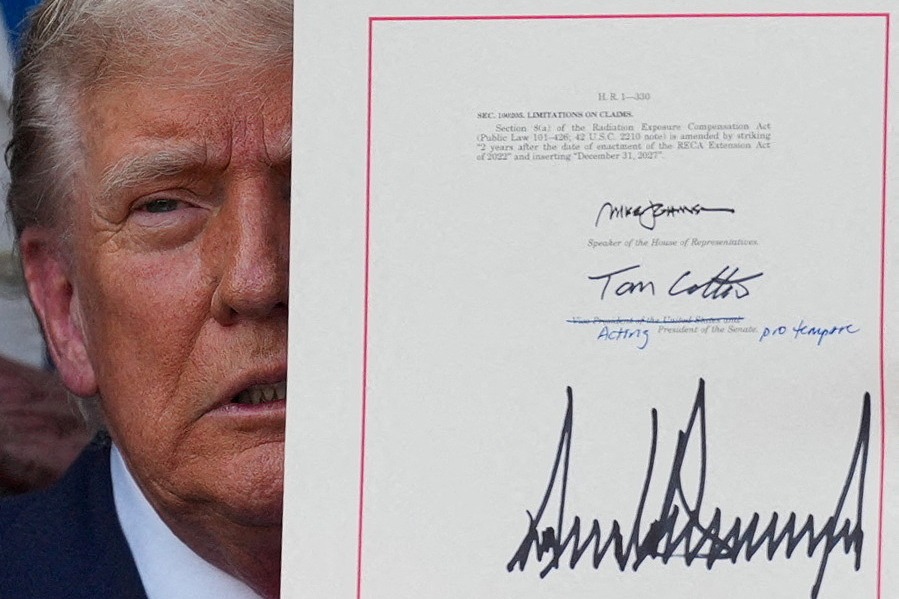Odyssey of a leaf: Snapshots of tea’s history

・ Tea went from China to Japan and the Korean Peninsula. The earliest tea-culture contact with Japan was during the Tang Dynasty (618-907), when numerous Japanese delegations visited the Tang capital, Chang'an. Tea-related rituals played a key part in their proceedings. Tea culture was later widely spread across Japan by Buddhist monks. The 12th-century monk Eisai's contribution was exceptional for bringing tea seeds from China, and he wrote the first Japanese treatise on tea. The Japanese tea ceremony, starting from Buddhist temples, grew to be a representation of Japanese ritual.
・ The earliest reference to tea in Europe was written as chiai, which is similar to cha, the pronunciation of tea in both Mandarin and Cantonese, in the 1559 Delle Navigationi et Viaggi (Navigations and Travels) by Italian geographer Giovanni Battista Ramusio.
・ Portugal began its tea trade with China in the late 16th century, mainly in Guangdong province. The Portuguese word for tea is cha.
・ The first recorded shipment of tea by the Netherlands was in 1607 when a Dutch cargo ship carried tea from Macao to then-Dutch colony of Java. Tea then became a fashionable drink in the Netherlands, and was later introduced by Dutch people to Germany, France and New York (then New Amsterdam). The Dutch word for tea is thee, which is similar to the pronunciation in the Fujian dialect.
・ Princess Catherine of Braganza from Portugal took tea-drinking fashion to the English court when she married Charles II in 1662. The British general public only began to afford the drink in the 18th century. In the 1720s, black tea took over green to be the more favored by the British people. In the 19th century, tea became an everyday beverage for all social strata, and the traditional ritual of afternoon tea appeared during Queen Victoria's reign, initiated by the seventh duchess of Bedford.
・ In India, large-scale tea growing appeared in Assam in the 1820s. In 1848, Robert Fortune, a botanist, was commissioned to travel to Fujian province to look for new tea plants. He disguised himself as a Chinese. He not only obtained seedlings from local tea growers and took them to India, but also introduced the relevant techniques there. Though most of the tea seedlings he introduced to India perished, the knowledge he brought from China made a great contribution to the flourishing tea industry in India and Sri Lanka, particularly the well-known Darjeeling tea.
・ In India, large-scale tea growing appeared in Assam in the 1820s. In 1848, Robert Fortune, a botanist, was commissioned to travel to Fujian province to look for new tea plants. He disguised himself as a Chinese. He not only obtained seedlings from local tea growers and took them to India, but also introduced the relevant techniques there. Though most of the tea seedlings he introduced to India perished, the knowledge he brought from China made a great contribution to the flourishing tea industry in India and Sri Lanka, particularly the well-known Darjeeling tea.
・ The earliest recorded Russian contact with tea was in 1567, when two Cossack chieftains visited China. In 1638, a Russian diplomat brought a present-64 kilograms of tea-to the Russian Tsar. Regular Sino-Russian border trade in tea appeared in the 18th century, and tea was referred to as "Chinese herb". In 1893, on invitation of a Russian merchant, Liu Junzhou, a tea cultivator from Guangdong province, led 12 other technicians to Georgia (then ruled by Russia), and grew tea for the first time in a European nation. Black tea produced there dominated consumption in the former Soviet Union, and Georgia is still a tea-growing country today.
・ Though tea was introduced to Turkey via the ancient Silk Road and known as chay, drinking tea became common in the country only in the early 20th century. Tea seeds imported from Georgia in the 1930s enabled Turkey to grow its own tea. Turkish tea has gradually become a key cultural symbol of the country since then.
・ Tea was first planted in Kenya in 1903. Commercialization of tea plantations began in 1924. Kenyan black tea gradually won popularity, even making Kenya the world's biggest tea exporter today, with 497,000 metric tons sold abroad in 2019.
Today's Top News
- China unveils new visa type for young sci-tech talent
- Cambodia, Thailand urged to engage in dialogue, rebuild trust
- Country remains at global forefront of digital growth
- Beautiful China vision has sown the seeds for the blossoming of an ecological civilization: China Daily editorial
- Manila needs to cut loose from Washington: China Daily editorial
- Feng Tang's reset and reinvention after 50 – Episode II: Aging and Poetry






























